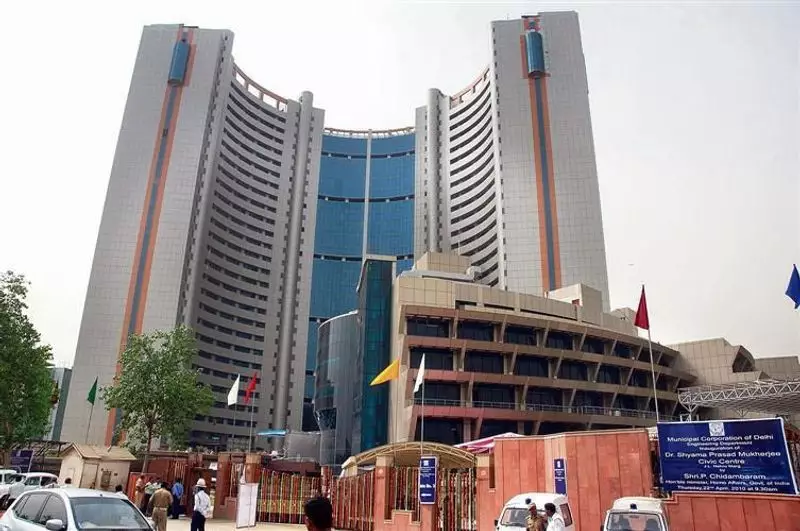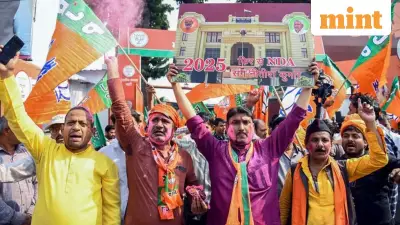
As Delhi residents gasped for breath during another severe pollution episode, a shocking revelation has emerged about municipal authorities sitting on crucial funds meant for combating air pollution. The Municipal Corporation of Delhi failed to utilize a massive ₹48 crore allocated under the Clean Air Fund, even as the national capital faced its annual environmental emergency.
Unused Millions During Pollution Peak
According to official documents accessed by The Tribune, the MCD received ₹48 crore from the Delhi government's environment department specifically for air pollution control measures. This substantial amount was part of the Environmental Compensation Charge collected from commercial vehicles entering Delhi. However, despite the urgent need for action during the critical pollution months, the corporation could not spend even a single rupee from this allocation.
The funds were intended for various pollution control initiatives including mechanized sweeping of roads, water sprinkling to settle dust, and other measures to improve the city's air quality. These are exactly the kind of interventions that become crucial during winter months when pollution levels typically spike to hazardous levels.
Administrative Hurdles and Delays
The reasons behind this shocking underutilization point to serious administrative failures. Sources indicate that the funds were transferred to the MCD's headquarter pool account, but the necessary internal allocation to different zones and departments faced significant delays. This bureaucratic bottleneck meant that the money remained locked in accounts while Delhi's air quality deteriorated to severe categories.
Multiple departments within the MCD structure were supposed to implement different components of the pollution control plan. The engineering department needed funds for mechanized sweeping equipment, while the sanitation department required resources for enhanced dust control measures. The failure to distribute these funds effectively meant that ground-level anti-pollution efforts were severely hampered.
Impact on Pollution Control Measures
The consequences of this fund freeze were directly visible on Delhi's streets. The shortage of resources affected critical anti-pollution activities including:
- Reduced frequency of mechanized road sweeping
- Inadequate water sprinkling on dust-prone areas
- Limited deployment of anti-smog guns
- Insufficient maintenance of pollution control equipment
During the period when these funds remained unused, Delhi's Air Quality Index repeatedly entered the 'severe' category, with PM2.5 and PM10 levels reaching multiple times the safe limits prescribed by the World Health Organization. The city experienced several days of dense smog, reduced visibility, and health warnings from medical authorities.
Environmental experts have expressed outrage at this development. ₹48 crore represents a significant resource in the fight against air pollution, capable of funding substantial intervention measures that could have provided some relief to the city's residents. The failure to utilize these funds has raised serious questions about the commitment of civic authorities to addressing the pollution crisis.
Accountability and Future Action
The revelation has sparked demands for greater accountability in the utilization of environmental funds. Citizens and environmental activists are calling for transparent mechanisms to track how pollution control funds are allocated and spent. There are also demands for time-bound utilization plans to ensure that such crucial resources don't remain idle during pollution emergencies.
The Delhi government's environment department has indicated that it is monitoring the situation closely. Officials have emphasized that funds under the Clean Air Fund are meant for immediate and effective action against pollution, and any delay in their utilization defeats the very purpose of their collection.
As Delhi continues to grapple with its annual pollution nightmare, the case of the unutilized ₹48 crore serves as a stark reminder of the gap between policy intentions and ground implementation. The incident highlights the need for better coordination between different government agencies and more efficient fund utilization mechanisms to tackle the city's persistent air quality problems.





